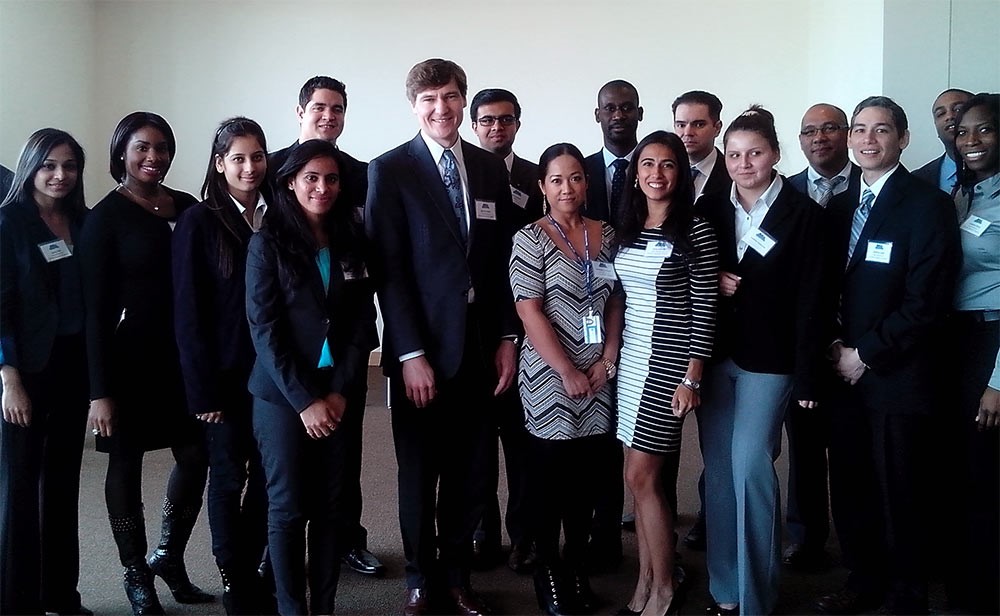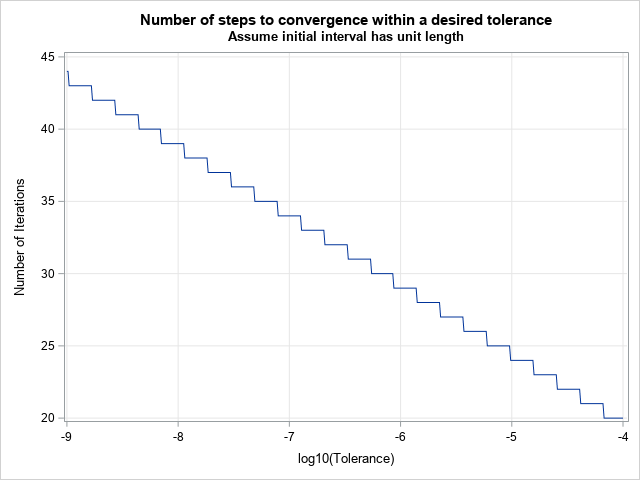In December, Saint Peter’s University grants Master’s degrees to its inaugural class of data scientists. 36 students are enrolled in this program, and eight are set to graduate. As reported this year by Bloomberg, career opportunities for analytics talent are excellent.
Saint Peter’s is the latest to collaborate with SAS to offer such a program. We’ve helped launch more than 30 Master’s degrees and 60 certificate programs all over the world in analytics and related disciplines.
In the past year alone, we helped lay the foundation for new Master’s programs at Michigan State University, University of Maryland, University of Missouri, George Washington University, Shiv Nadar University, Indian Institute of Management and University of South Australia.
For us, it’s a no-brainer. We need analytics expertise as much as any company. And that expertise is scarce. Consider a recent report released by MIT Sloan Management Review. The upshot: technology is no longer the key inhibitor for organizations struggling to get value from analytics. It’s lack of analytical talent.
What’s it like to build a data science program to bridge the gap? I asked Dr. Sylvain Jaume, Director of Saint Peter’s Data Science graduate program, what it entails. Key early steps, he said, were the school’s vision and strategic investment into the program as well as getting commitment from companies to provide practical experience for students.
Industry partners matter
Dr. Jaume, pictured below with Saint Peter’s first data science students, said proximity to and cooperation with New York City’s financial district and northern New Jersey technology and pharmaceutical companies set the stage. They’re looking for analytical talent and are willing to provide internships and data for analysis. One company provided students data from wearable devices.
“We collaborate with industry partners as much as we can,” said Dr. Jaume, who has a Ph.D. in electrical engineering. “Students work in partnership with a company under the supervision of faculty and receive real data and a real problem to solve. The goal is to complete the project and deliver results to the company that provided the data.”
Dr. Jaume’s own academic experience includes research in big data visualization and artificial intelligence and directing an interdisciplinary engineering program. While in industry, he developed medical imaging technologies used in hospitals.
Learn more about Saint Peter's University
To learn more about the curriculum at Saint Peter’s and how SAS is helping to provide course material, visit the SAS Analytics U community.








